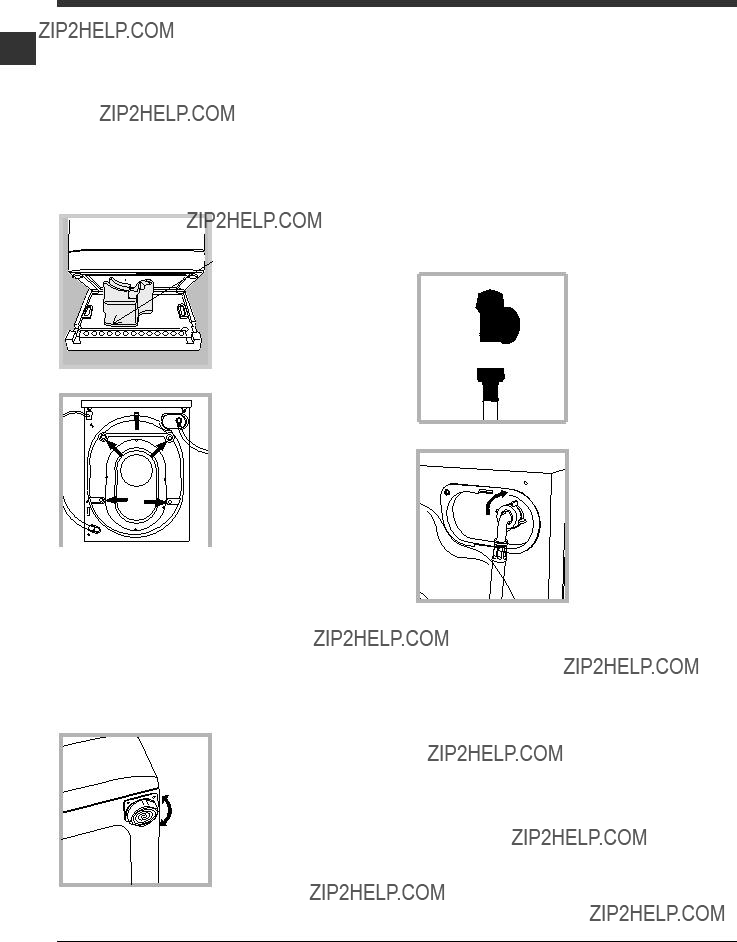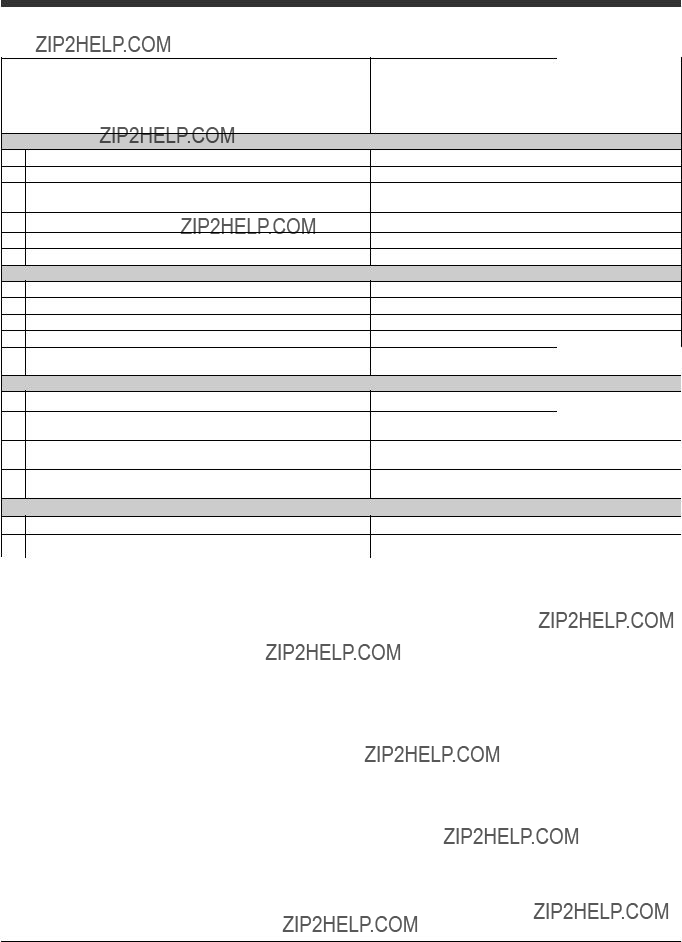Assistance
GuaranteeGB
12 Months Parts and Labour Guarantee
Your appliance has the benefit of our manufacturer???s guarantee, which covers the cost of breakdown repairs for twelve months from the date of purchase.
This gives you the reassurance that if, within that time, your appliance is proven to be defective because of either workmanship or materials, we will, at our discretion, either repair or replace the appliance at no cost to you.
This guarantee is subject to the following conditions:
-The appliance has been installed and operated correctly and in accordance with our operating and maintenance instructions.
-The appliance is used only on the electricity or gas supply printed on the rating plate.
-The appliance has been used for normal domestic purposes only.
-The appliance has not been altered, serviced, maintained, dismantled, or otherwise interfered with by any person not authorised by us.
-Any repair work must be undertaken by us or our appointed agent.
-Any parts removed during repair work or any appliance that is replaced become our property.
-The appliance is used in the United Kingdom or Republic of Ireland.
The guarantee does not cover:
-Damage resulting from transportation, improper use, neglect or interference or as a result of improper installation.
-Replacement of any consumable item or accessory . These include but are not limited to: plugs, cables, batteries, light bulbs, fluorescent tubes and starters, covers and filters.
-Replacement of any removable parts made of glass or plastic.
THIS GUARANTEE WILL NOT APPLY IF THE APPLIANCE HAS BEEN USED IN COMMERCIAL
OR NON-DOMESTIC PREMISES.
5 Year Parts Guarantee
Hotpoint also offers you a free 5 year parts guarantee. This additional guarantee is conditional on you registering your appliance with us and the parts being fitted by one of our authorised engineers. There will be a charge for our engineer???s time. To activate the extra parts warranty on your appliance, simply call our registration line on 08448 24 24 24 (ROI 01 230 0800).
Extended Guarantees
We offer a selection of repair protection plans that enable you to fully cover yourself against the expense of repair bills for the life of your policy. To find the ideal plan for you please call our advice line on
08448 226 226 (Republic of Ireland 01 230 0233).
Free Helpdesk Service
We have a dedicated team who can provide free advice and assistance with your appliance if you experience any technical difficulties within the first 90 days of ownership. Simply call our Hotpoint Service Hotline on 08448 224 224 (Republic of Ireland 0818 313 413) for telephone assistance, or, where necessary, to arrange for an engineer to call. If we cannot resolve the technical problem we will replace your machine or, if you prefer, give you your money back.


 3. Remove the 4 pro- tective screws and the rubber bush with the respective spacer, situated on the rear of the appliance (see also the installation leaflet).
3. Remove the 4 pro- tective screws and the rubber bush with the respective spacer, situated on the rear of the appliance (see also the installation leaflet).

 or coloured Green or Green & Yellow.
or coloured Green or Green & Yellow.



 indicator light is switched off, the door may be opened (wait approximately 3 minutes).
indicator light is switched off, the door may be opened (wait approximately 3 minutes).
 Door locked indicator light
Door locked indicator light
 indicator light will switch on. The DOOR LOCKED indicator light will switch off, indi- cating that the door may be opened (wait approximately 3 minutes). Take out your laundry and leave the appliance door ajar to make sure the drum dries completely. Switch the washing machine off by pressing the ON/OFF button.
indicator light will switch on. The DOOR LOCKED indicator light will switch off, indi- cating that the door may be opened (wait approximately 3 minutes). Take out your laundry and leave the appliance door ajar to make sure the drum dries completely. Switch the washing machine off by pressing the ON/OFF button.
 Cotton Standard 60??C (1): heavily soiled whites and resistant colours.
Cotton Standard 60??C (1): heavily soiled whites and resistant colours. Cotton Standard 40??C (2): lightly soiled resistant and delicate colours.
Cotton Standard 40??C (2): lightly soiled resistant and delicate colours.
 .
.
 phase will remain lit in a fixed manner. To end the cycle, press the START/PAUSE button or the REDUCED CREASES button.
phase will remain lit in a fixed manner. To end the cycle, press the START/PAUSE button or the REDUCED CREASES button.

 ??? position.
??? position.



 Recycling & Disposal Information
Recycling & Disposal Information